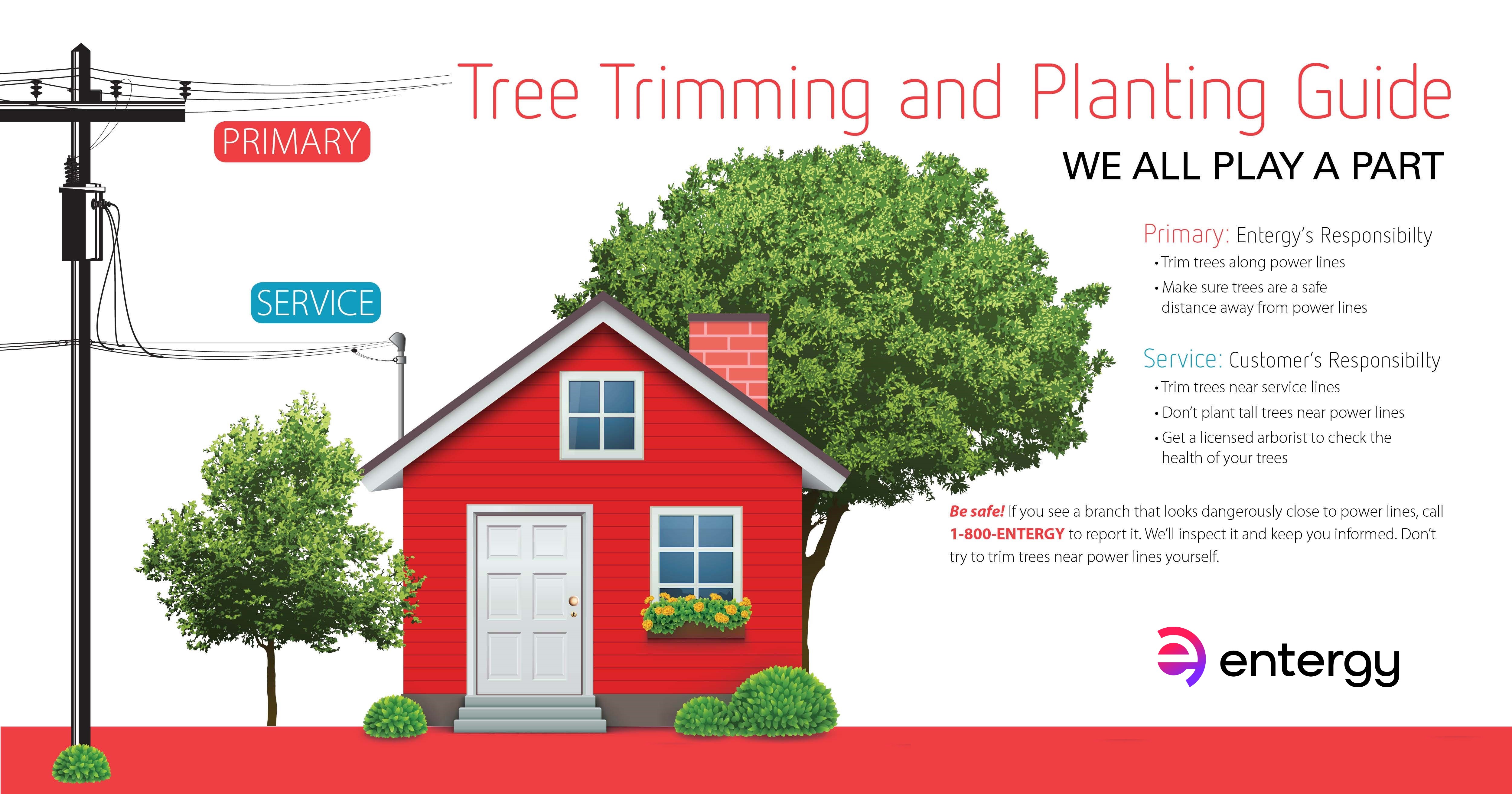Taking Care Of Your Landscape After Tree Removal Is Crucial For Its Remediation; Discover Vital Actions To Refresh Your Environment And Prevent Future Difficulties
Taking Care Of Your Landscape After Tree Removal Is Crucial For Its Remediation; Discover Vital Actions To Refresh Your Environment And Prevent Future Difficulties
Blog Article
Composed By-Wilcox Deal
After a tree's removal, your landscape may look fairly different, and it's vital to analyze the results meticulously. You'll wish to examine the soil disruption and inspect bordering plants for any indications of tension. Overlooking these variables can cause larger problems down the line. So, what should you do with those stumps and origins? And how do you pick the best plants for your revitalized space? Allow's discover these important steps.
Assessing the Results: Assessing Your Landscape
After a tree elimination, it's critical to analyze your landscape to comprehend the influence it carries your lawn.
Begin by examining the area where the tree stood. Try to find indications of dirt disturbance, and inspect the bordering plants for any stress or damages.
You must also remember of how the removal has actually transformed sunlight exposure and air movement in your yard. This change can affect the development of close-by plants, so it's necessary to examine their wellness.
Think about the aesthetic elements also; the elimination may produce an open space that you can redesign.
Finally, consider any potential erosion issues that might emerge from the tree's absence. Addressing these aspects early will help restore balance to your landscape.
Managing Stumps and Roots: Alternatives for Removal
When you have actually evaluated the results of the tree removal, you'll likely need to tackle the stump and roots left.
mouse click the next web site have a couple of options for elimination. One effective approach is stump grinding, where a professional utilizes a maker to grind the stump to below ground level. This method leaves very little interruption to your landscape.
If you like a DIY technique, you can use a combination of digging and chemical stump removers. Simply bear in mind, this procedure can require time and initiative.
Additionally, take into consideration leaving the stump as an all-natural feature, which can function as a special yard element or environment for wildlife.
Whatever you select, addressing the stump and origins is essential for restoring your landscape.
Choosing the Right Plants for Your New Space
As you evaluate your recently cleared space, choosing the right plants can considerably improve your landscape's beauty and performance.
Start by considering the sunshine and soil conditions. For sunny locations, choose drought-resistant plants like lavender or succulents. In shaded places, brushes and hostas flourish well.
Consider Naics Code For Tree Removal and growth behaviors of your plants; mix perennials and annuals for seasonal variety. Don't forget to include indigenous types; they call for much less upkeep and support neighborhood wildlife.
Team plants in weird numbers for a much more all-natural look and create layers for aesthetic depth.
Ultimately, ensure you have a mix of colors and textures to keep your landscape dynamic throughout the periods.
Happy growing!
Final thought
Finally, restoring your landscape after tree elimination is a gratifying process. By assessing the after-effects, addressing stumps and roots, and picking the right plants, you'll create a growing environment. Don't fail to remember to include disintegration control measures to shield your dirt. With a little effort and care, you can change your space into a vivid yard that boosts your building. Welcome the chance to invigorate your landscape and delight in the elegance of nature right in your backyard!
